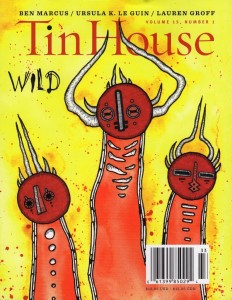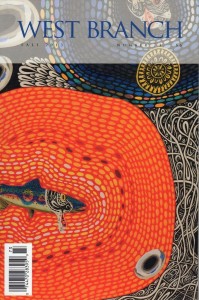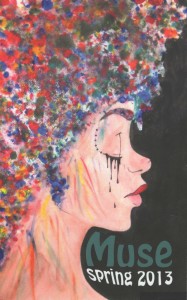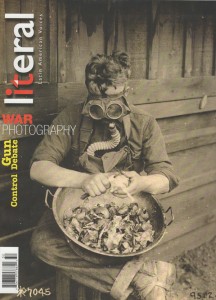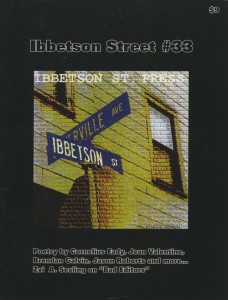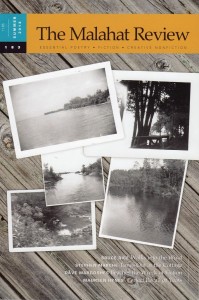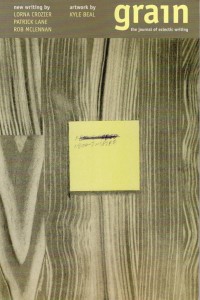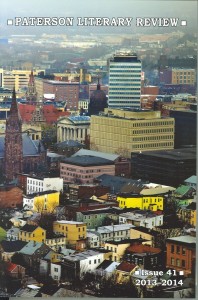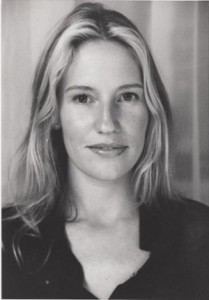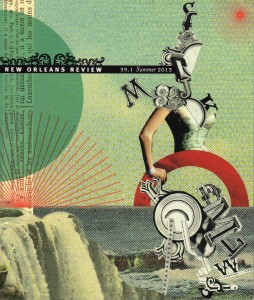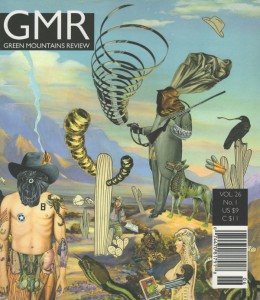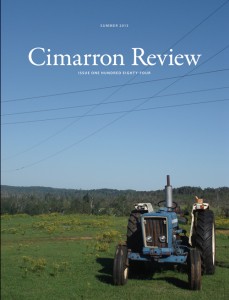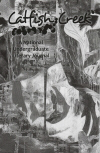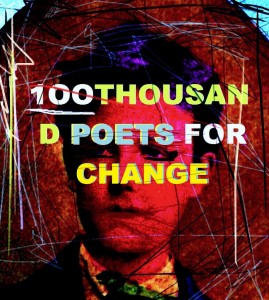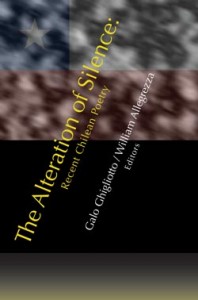New from Diálogos Books (Lavender Ink imprint): The Alteration of Silence: Recent Chilean Poetry edited by Galo Ghigliotto and William Allegrezza.
“Chile is rich with poetic history, yet in the U.S., Chilean poetry is known through only a handful of its great poets. Little recent poetry has been translated, so it is hard for even those enchanted by Chilean poetry to learn more unless they speak Spanish. Many of these living poets are doing fascinating work, creating their own poetry, but also fostering the literary community in Chile and Latin America by starting presses and reading series, by editing journals and by giving presentations. Their energy is apparent in the translations. This book shows the continuation of Chile’s cultural history, but it also shows the diversity of Chile’s contemporary poetry through lyrical, experimental, political, social, and many other types of poetry.”
Contributors to The Alteration of Silence include the following poets: Adán Méndez, Alejandro Zambra, Alexis Figueroa , Cami lo Brodsky, César Cabello Elizabeth Neira, Germán Carrasco, Gustavo Barrera , Jaim e Huenún Rodrigo Morales, Soledad Fariña, Sergio Coddou, Victor Hugo Díaz, Yanko González, Carlos Cociña, Christian Formoso, Carlos Soto Román, José Ángel Cuevas, Carmen Berenguer, Elvira Hernández, Malú Urriola, Héctor Hernández Montecinos, Galo Ghigliotto. Carlos Henrickson, Raúl Zurita, Leonardo Sanhueza, Gloria Dünkler, and Jaime Pinos.
Translated by the following translators: Daniel Borzutzky, Irma Blanco Casey, Stuart Cooke. John Dewitt, Edgar Garcia, Lea Graham, Paul Hendricks, Rebeka Lembo, Ricardo Maldonado, Jose-Luis Moctezuma, J.D. Smith, and Donald Wellman.
ISBN 978-1935084167
330 pages: $26.95
August, 2013

